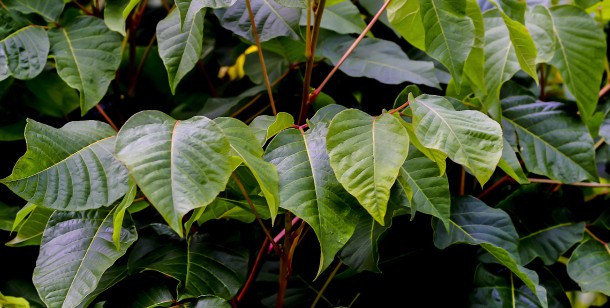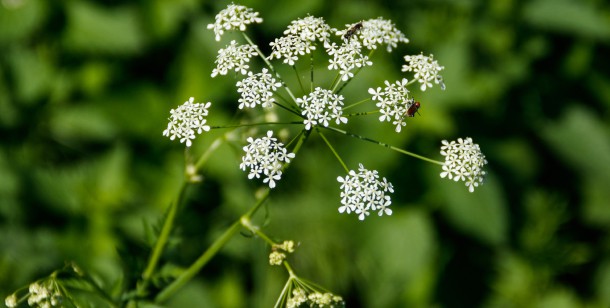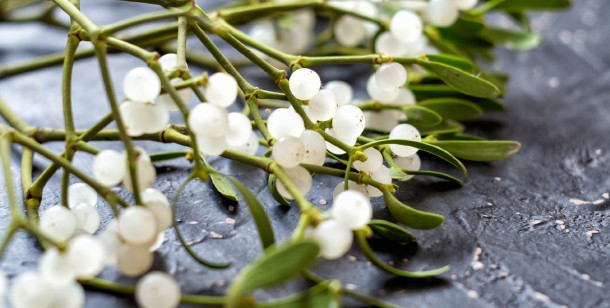While nature can be a source of peace and serenity, it can also be our greatest enemy. If you’re spending time in the great outdoors this summer, you’re more than likely to come across a variety of different plants, but what plants cause rashes and allergic reactions?
Don’t let a skin rash ruin the end of a peaceful afternoon in nature. Learn more about these common irritating plants to avoid them on your next outdoor stroll.
Types of Poisonous Plants that Cause Rashes
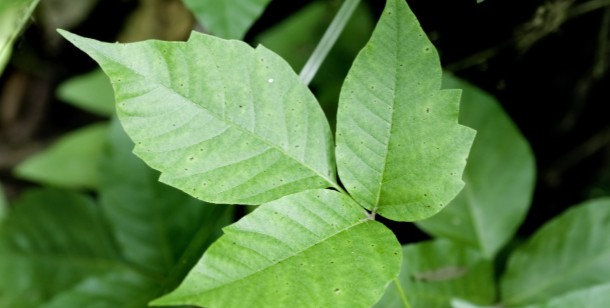
Poison Ivy
Poison ivy is probably the most commonly known itchy plant in North America. Found across the entire United States, poison ivy can grow in any weedy area, including roadsides and fences. The infamous plant can be identified by its shiny three-leaf clusters, and once physical contact has been made with any part of the poison ivy, it can cause redness, swollen skin, blisters, and severe itching. The rash typically appears a few days after exposure and can take up to a week or two to resolve on its own. In the meantime, you can soothe your skin with anti-itching creams or ointments, such as calamine lotion. Oatmeal baths and heavy-duty moisturizers also help relieve itching and inflammation.
Poison Sumac
If you’re planning to take a hike through a wet woodland area in Texas, you should definitely be aware of poison sumac. This tall shrub is also a rash-producing plant that has a cluster of green berries and can be found alongside ponds, stream banks, and other wetlands. Physical contact with the oil from poison sumac can cause skin irritation, such as itchiness, burning sensations, redness, swelling, and watery blisters within 8-48 hours after exposure.
If you make physical contact with poison sumac, the first step is to remove the oil from your exposed skin by washing the area thoroughly with cool water and dishwashing soap or detergent. You should also make sure you wash any clothing, shoes, or gear with detergent if they have been contaminated as well. While there is no cure for a poison sumac rash, there are a number of over-the-counter remedies that can help your symptoms, including calamine lotion and hydrocortisone creams. An oatmeal bath also helps relieve the itching.
Water Hemlock
The water hemlock is considered one of the most poisonous plants across North America. It has white flower clusters, a purple-spotted stem, and can grow up to nine feet tall. Poison hemlock can usually be spotted on roadsides, near fences, and in pastures. It contains toxic alkaloids that can cause respiratory failure within 30 minutes of ingestion depending on how much hemlock is in your system. Common symptoms may include muscle pain, rapid heart rate followed by decreased heart rate, increased salivation, dilated pupils, convulsions, and burning in the digestive tract. In more severe cases, hemlock poisoning can cause serious health issues such as respiratory failure, central nervous system depression, and death. If you begin to experience any symptoms after touching, tasting, or eating hemlock, you should seek medical attention immediately.
Mistletoe
You can share a kiss under it, but be sure not to eat it. Mistletoe is an evergreen plant that has poisonous berries, leaves, and stems. It contains the proteins Phoratoxin and Viscotoxin, which are poisonous when ingested. Symptoms can range from mild to severe and can include blurred vision, nausea, vomiting, stomach pain, drowsiness, and heart problems. Although severe symptoms usually develop in children, it’s advisable to seek immediate medical attention as soon as you become aware of ingestion.
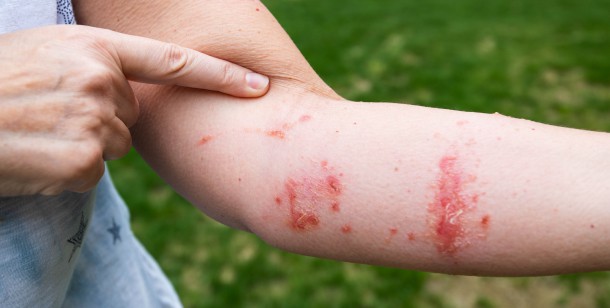
When to Seek Help from Poisonous Plants
In most cases, ingesting a poisonous plant requires seeking professional medical help immediately, but that’s not necessarily the case if the only exposure you’ve had is through physical contact. If you are unsure of what plants cause rashes, you should see a doctor if you’re experiencing severe symptoms including the following:
- Extreme inflammation
- Fever over 100 degrees
- Tenderness or itchiness worsens
- No sign of improvement
- Rash covers eyes, mouth, genital area, or one-fourth of your body
- Yellow scabs or pus
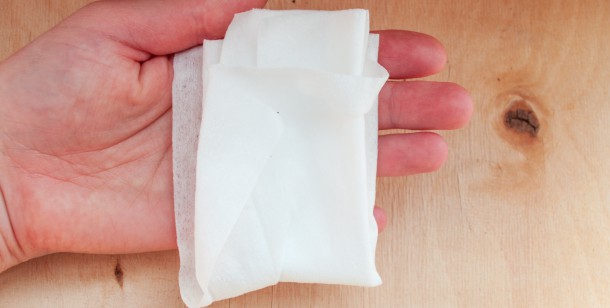
How to Avoid a Rash
Have you been exposed to a poisonous plant? It doesn’t take much time for a rash to develop, but there’s a number of steps one can take immediately after the fact to help relieve pain and shorten the healing process:
- Go indoors or anywhere with shade
- Wash skin with cool water and dishwashing soap to remove oil
- Rinse skin and gently pat with a clean towel
- Don’t scratch the rash or blisters
- Use a cool, wet washcloth to soothe the area
- Apply itching creams as needed
- Consult with your doctor for emergency medicine if itching is severe
Stay Safe Outdoors
Being one with nature shouldn’t come with deadly risks. Knowing the different types of irritating plants and the safety precautions to take once being exposed can save you from weeks of endless itching or a trip to the hospital. Wondering what plants cause rashes? Stay informed and stay safe this summer.

